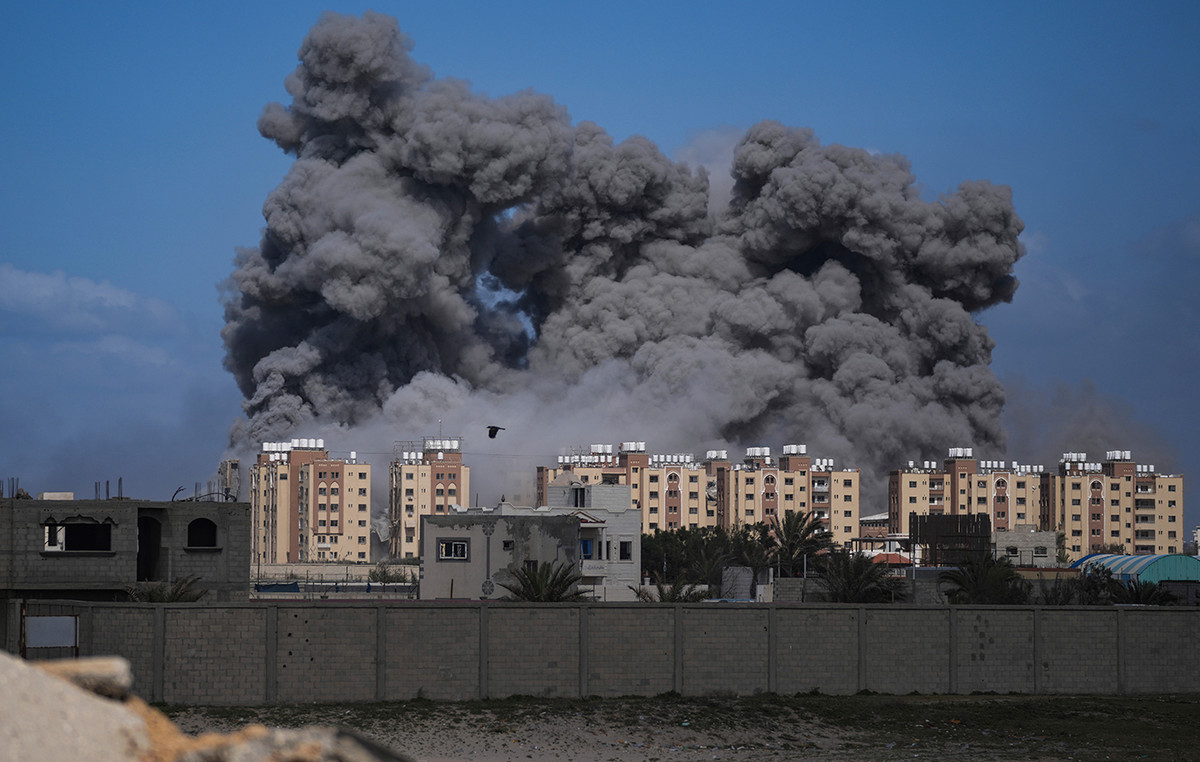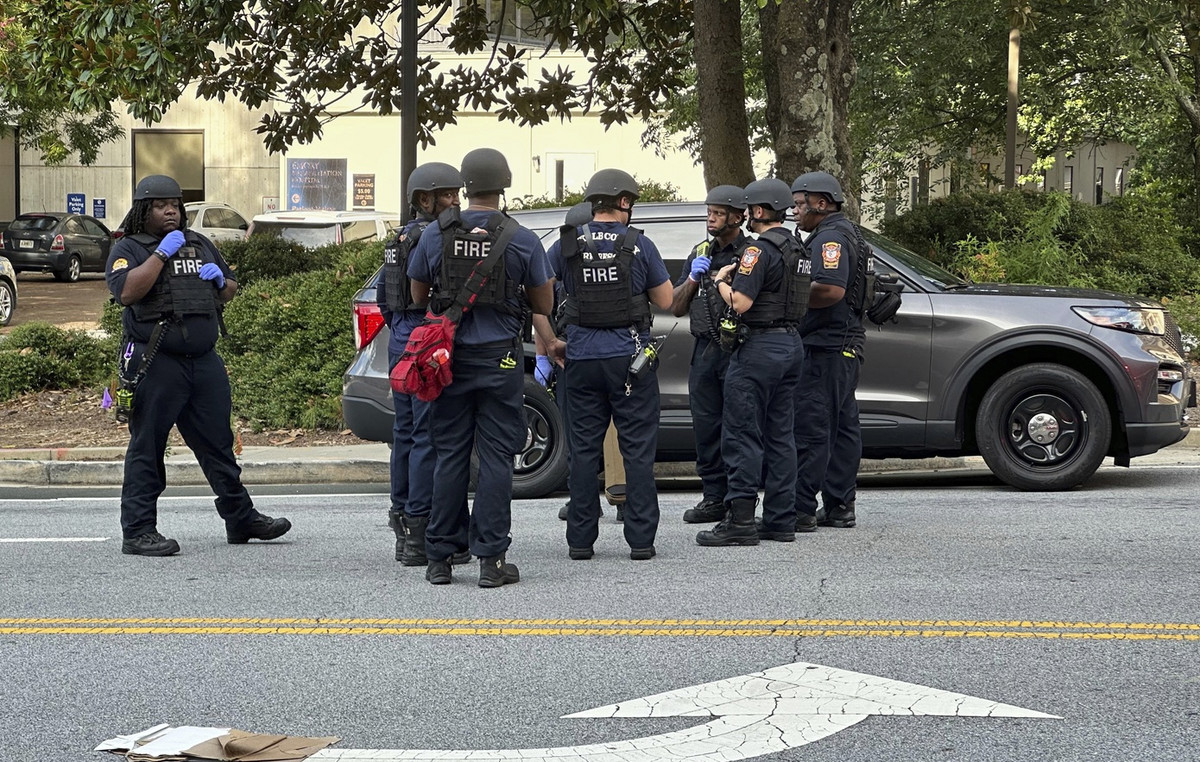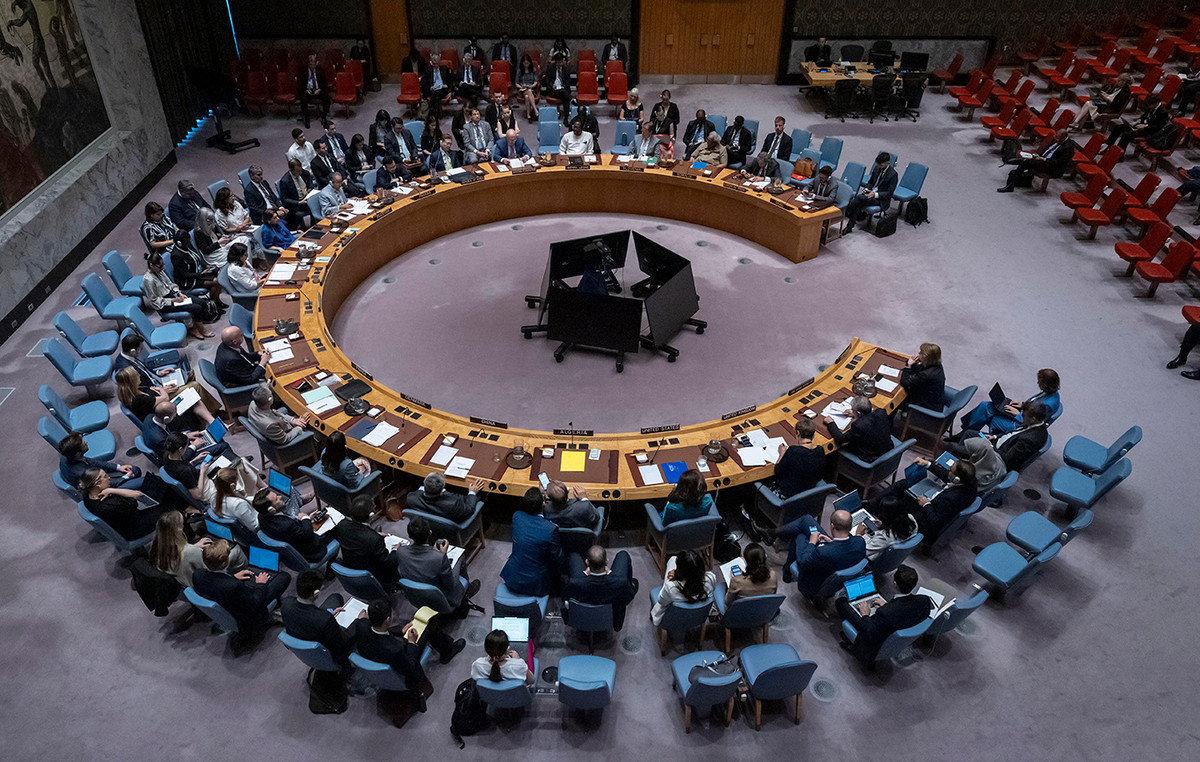For two years, the Communist Party of China has imposed an expensive regime of strict border quarantines, sudden lockdowns and mass digital tracking for a single goal: zero Covid-19 cases.
And Beijing points to the strategy’s previous successes — including just two coronavirus-related deaths reported for the entire year 2021 — to buff its claims of superiority over Western governments.
“No effort should be spared to attend to every case, save every patient and truly respect the value and dignity of every human life,” Chinese leader Xi Jinping said at a global health summit last year. He has explicitly reiterated his support for the “Covid zero” policy in recent weeks.
Now, that picture is changing, as for the first time in nearly two years the death toll from Covid-19 is rising daily in China, amid an outbreak in Shanghai that has put the city of 25 million under a strict lockdown. and that seems endless.
As of April 17, city officials have reported 238 coronavirus-related deaths — largely elderly people, all of whom, officials say, died of underlying conditions during an outbreak of the virus that has spread to more than 500,000 people since April 1. March.
The deaths mark a new phase of losses for China, as well as a high-stakes political challenge.
Reporting death tolls is “something like a double-edged sword for authorities,” according to health security expert Nicholas Thomas, an associate professor at the City University of Hong Kong.
“If the numbers are too low, not only will there be a trust issue, but it will also make quarantine restrictions seem excessive. If the numbers are too high, lockdowns are justified, but it shows that the authorities have failed to contain the virus.”
So far, government officials have prioritized ending the virus above all else, even as public resentment and economic risks mount under sharp lockdown restrictions.
So far there is no sign of a change in policy, instead Beijing is “increasing its messages about containing the virus” even as the outbreaks spread, according to Thomas.
And as the Covid zero policy remains explicitly linked to Chinese leader Xi, it is clear that “that line will be maintained for the foreseeable future,” he said.
by the numbers
As the number of severe cases and deaths from Covid-19 has increased in Shanghai in recent days, city health officials are speaking with increasing urgency about further strengthening the critical care response and increasing vaccination among the elderly – despite lockdowns. and mass testing seems to take priority over vaccination so far.
“We need to coordinate the city’s medical resources, intensify the critical medical teams […] reduce the proportion of critically ill patients […] and try our best to reduce the death rate,” Zhao Dandan, deputy director of the Shanghai Health Commission, said on Sunday.
“Eligible seniors should be vaccinated as soon as possible,” he said.
Shanghai officials said earlier this month that 62% of people over 60 are vaccinated in the city, with 38% already on booster shots, but that number drops to just 15% fully vaccinated among people over 80. years, the most vulnerable age group, according to state media. Of the 238 deaths in recent days, only 13 were from vaccinated people, officials said on Wednesday, without specifying details whether they were with the full vaccination or booster shots.
Delayed vaccination rates in this group are a fatal flaw in China’s Covid-19 planning: while it has focused massive resources on developing and manufacturing homemade vaccines, it has fallen short of ensuring vaccines go to the arms of the elderly population, who are the most vulnerable to die from Covid-19.
Now, as officials have maintained expectations that death rates in the country will remain low, they have no choice but to rely on lockdowns to protect the vulnerable.
But an unknown number of deaths appears to be linked to strict controls in the city, as restrictions have created challenges around accessing medical care — a situation city officials have repeatedly promised to address.
The fear is that Shanghai could see a crisis similar to that of Hong Kong, where an outbreak that began earlier this year has pushed the city’s death rate to one of the highest in the world since the pandemic began.
Hong Kong also faced low vaccination rates among its large elderly population, with only 48% of people aged 70 and over fully vaccinated as of early March and just 25% of residents aged 80 and over vaccinated as of early this year.
counting cases
But the comparison with Hong Kong also raises questions about how Shanghai managed to keep its death rates so low.
Hong Kong has recorded more than 9,000 deaths from Covid-19 out of a total of 1.19 million cases since January this year.
At that rate, Shanghai should have seen up to 700 deaths for every 100,000 cases, according to infectious disease doctor Peter Collignon, who is also a professor at the Australian National University School of Medicine.
Experts also pointed to the lack of transparency around the criteria used by Chinese authorities to classify a death from Covid-19.
“If there is no black-and-white definition of Covid deaths or Covid-related deaths or how those deaths should be reported, it’s all up to the expert panel to decide,” said Jin Dongyan, a professor in the School of Biomedical Sciences at University of Hong Kong. “This is the reality”.
Some of these reflect concerns about whether there was a full accounting of infections and deaths during China’s initial 2020 outbreak in Wuhan, which overwhelmed hospitals — although China has defended its transparency during the pandemic.
The Chinese Ministry of Foreign Affairs said in a 2020 statement: “China has calculated and reported its confirmed cases and deaths based on facts […] The relatively low number of confirmed cases and deaths can be attributed to the comprehensive and stringent measures taken by the Chinese government.”
But experts also warn that it is difficult to make comparisons between sites with different testing, disease control strategies, social and demographic factors.
For example, Shanghai’s intensive testing detected hundreds of thousands of asymptomatic cases, some of which may have been missed in case counts elsewhere, potentially skewing comparisons.
Bureaucratic processes and the time it takes for positive cases to succumb to the disease can also cause delays in reported deaths, with some experts suggesting the worst in Shanghai is yet to come.
In the meantime, understanding the overall cost — not just of the virus — but of the lockdowns implemented in Shanghai and other cities is key to assessing the true cost of China’s control measures, experts say.
Xi Chen, an associate professor at the Yale School of Public Health in the United States, said the long-term consequences of the Shanghai lockdown, including delayed cancer screenings or mental health issues, will take time — and data — to become clear. and even then they can be difficult to measure.
“Often, we’re going to look at two types of negative shock,” he said of the aftermath of the initial weight of death. “One, for those people who died eventually, and the other, for those who survived but live with trauma attached to them.”
*From CNN’s Beijing office
Source: CNN Brasil







